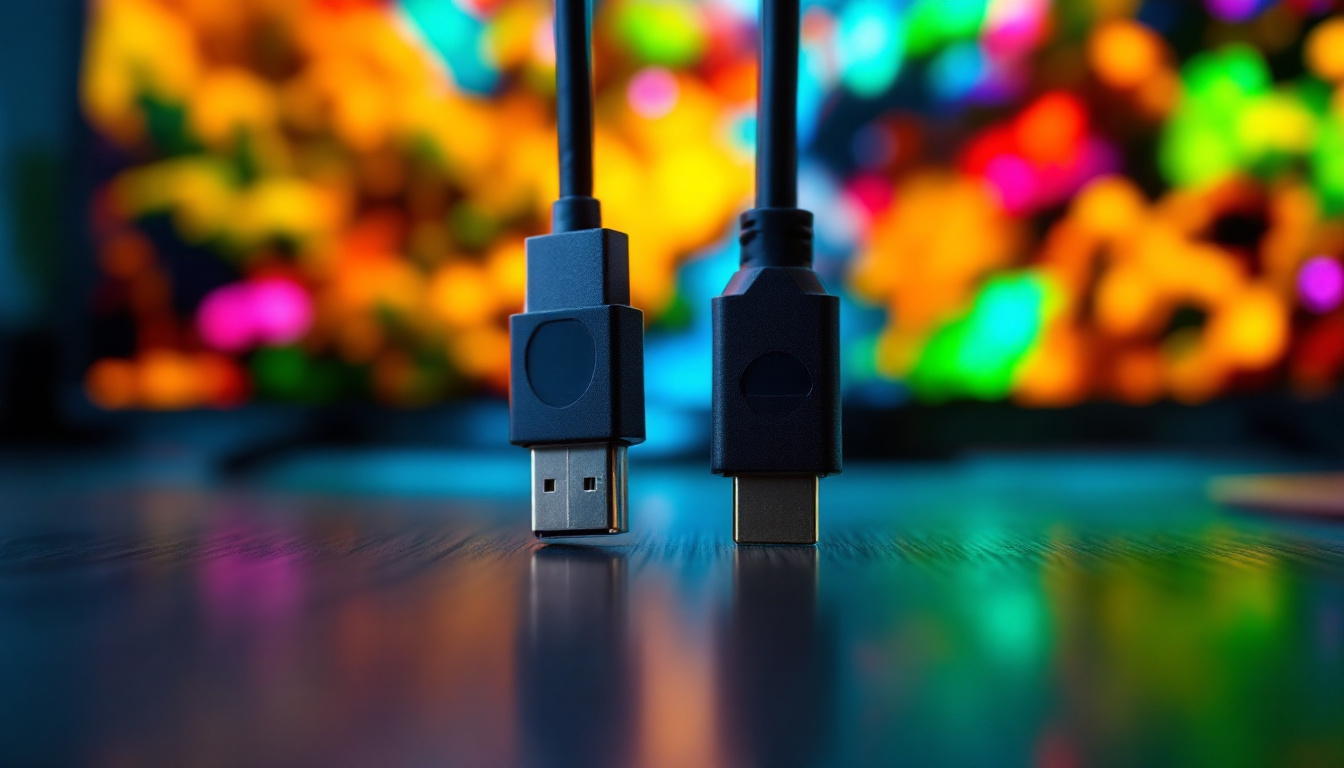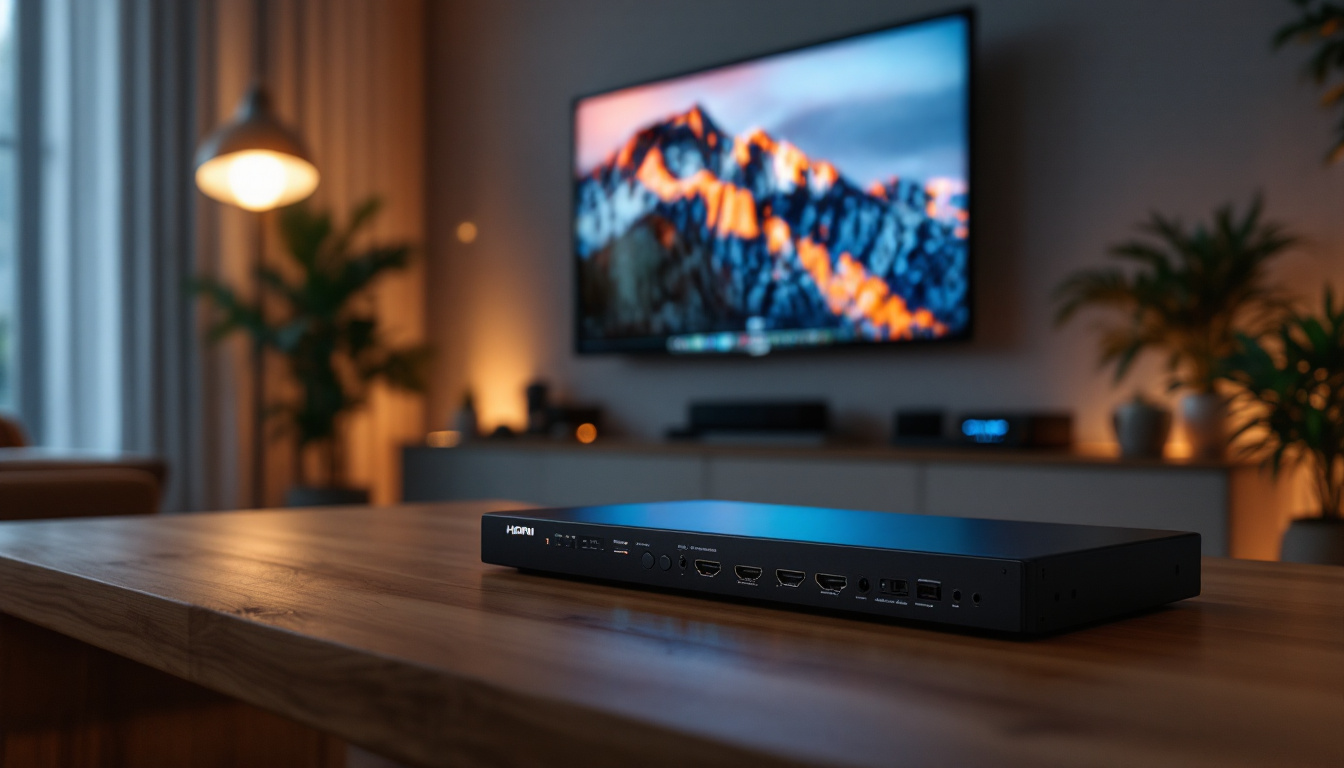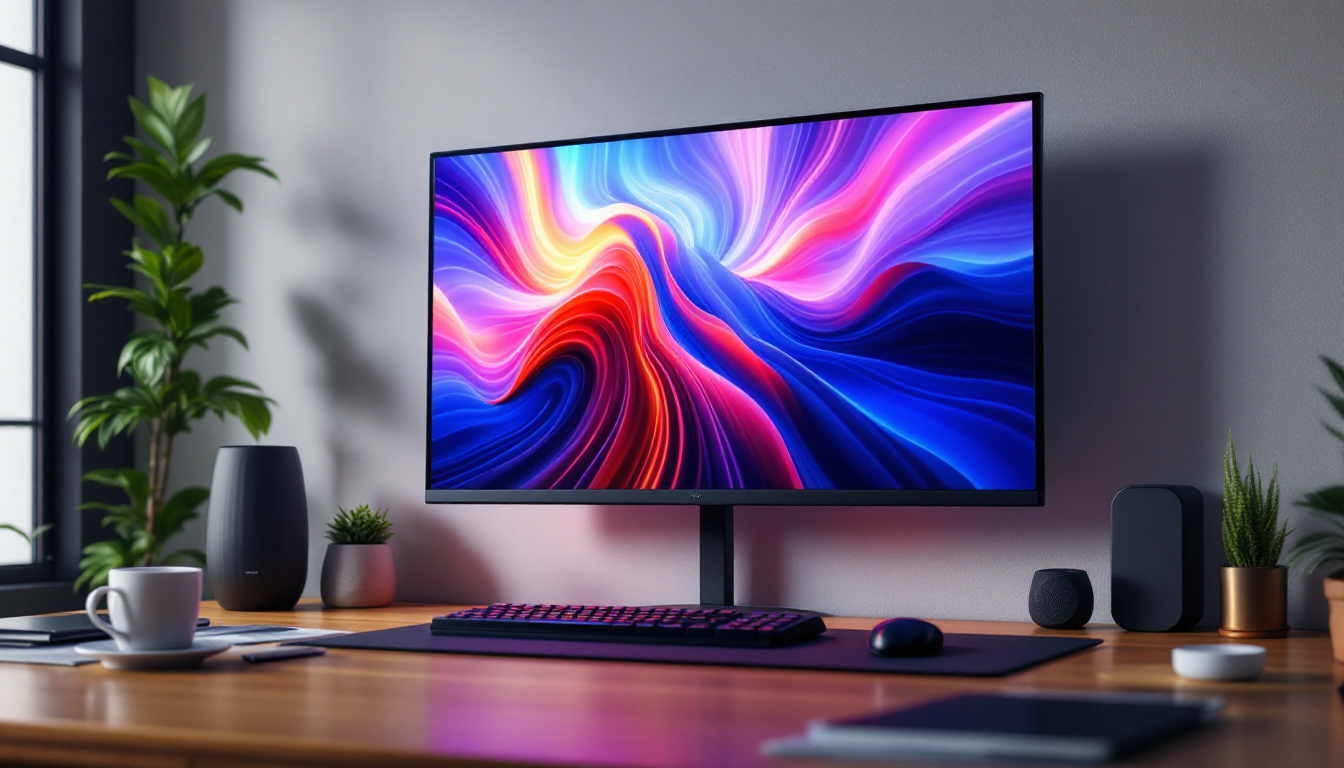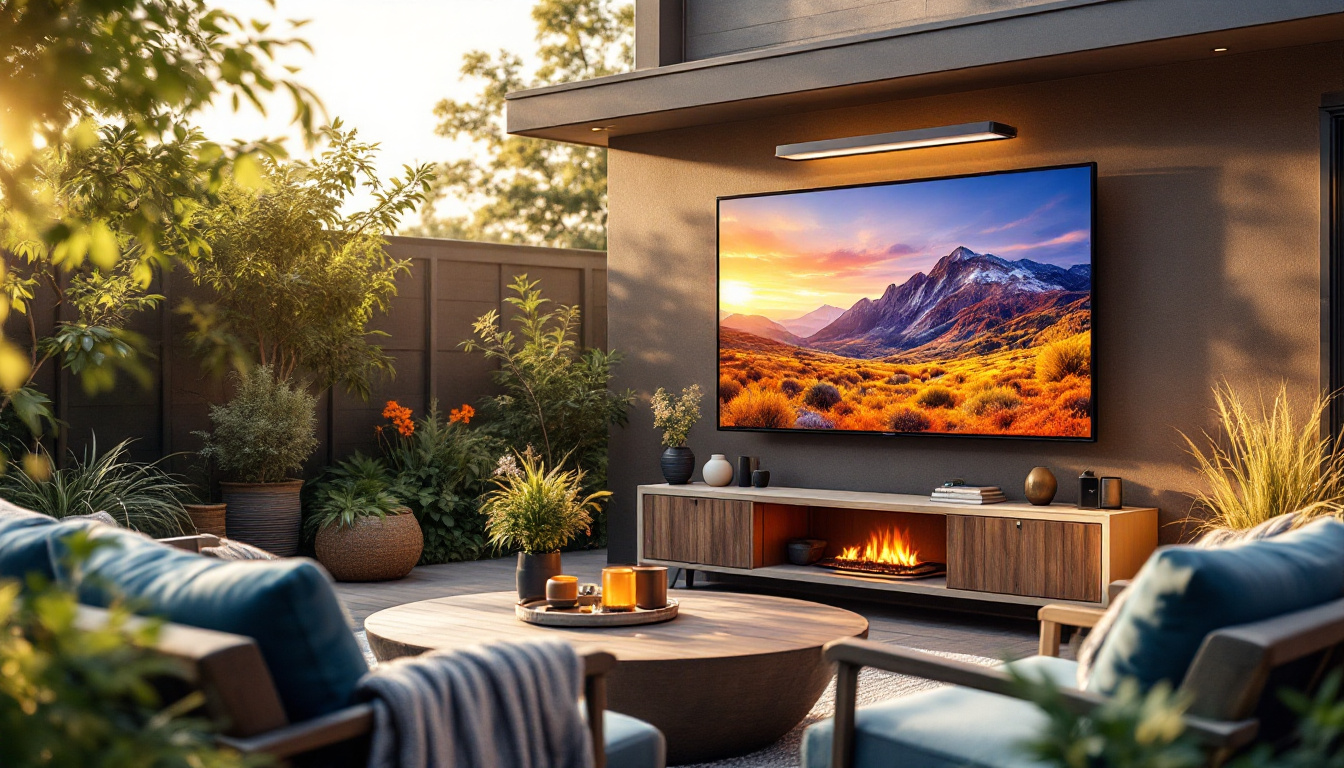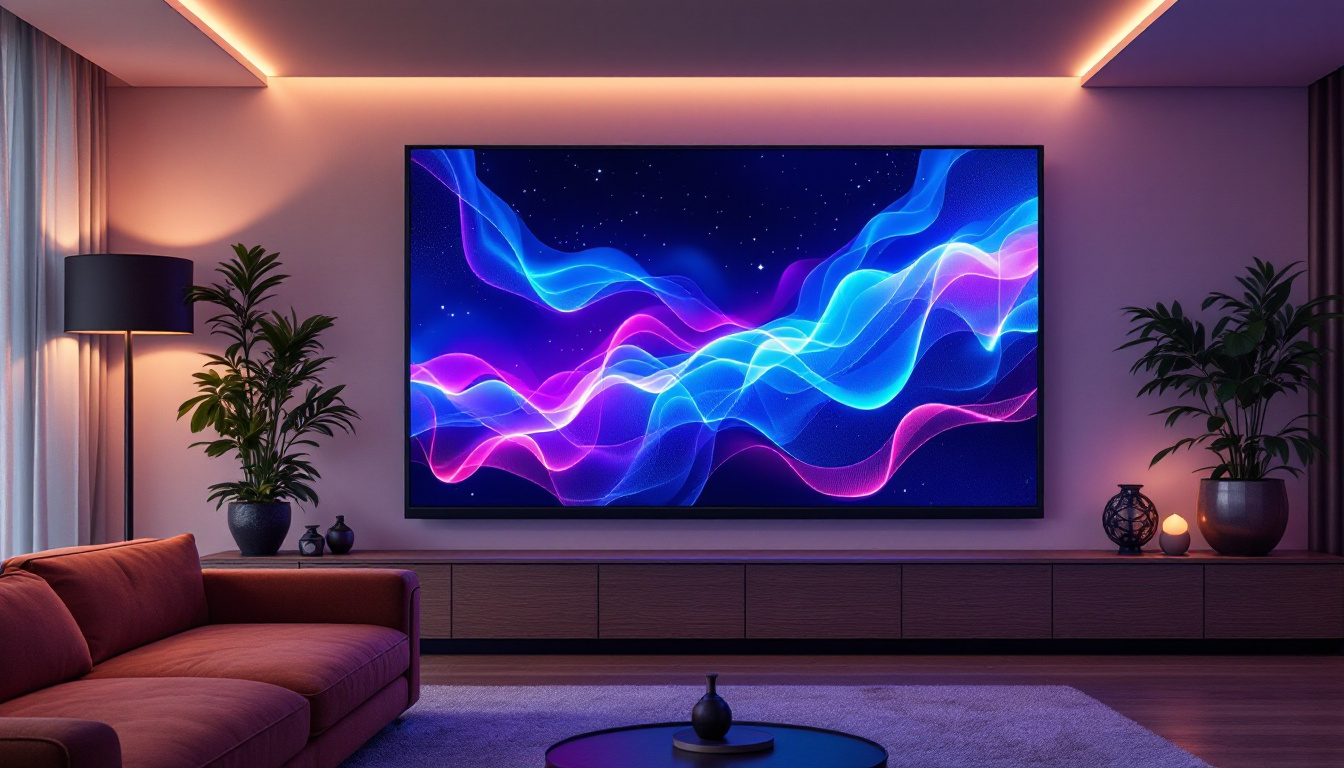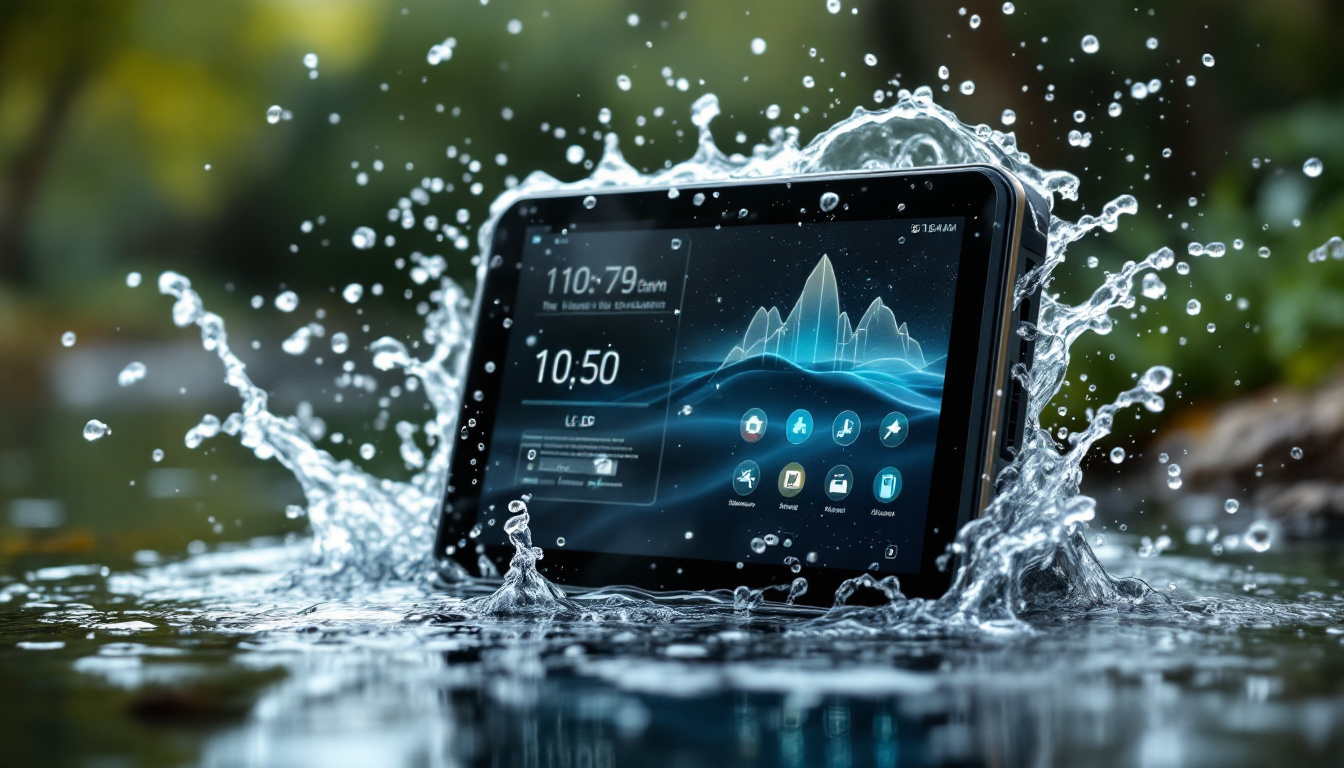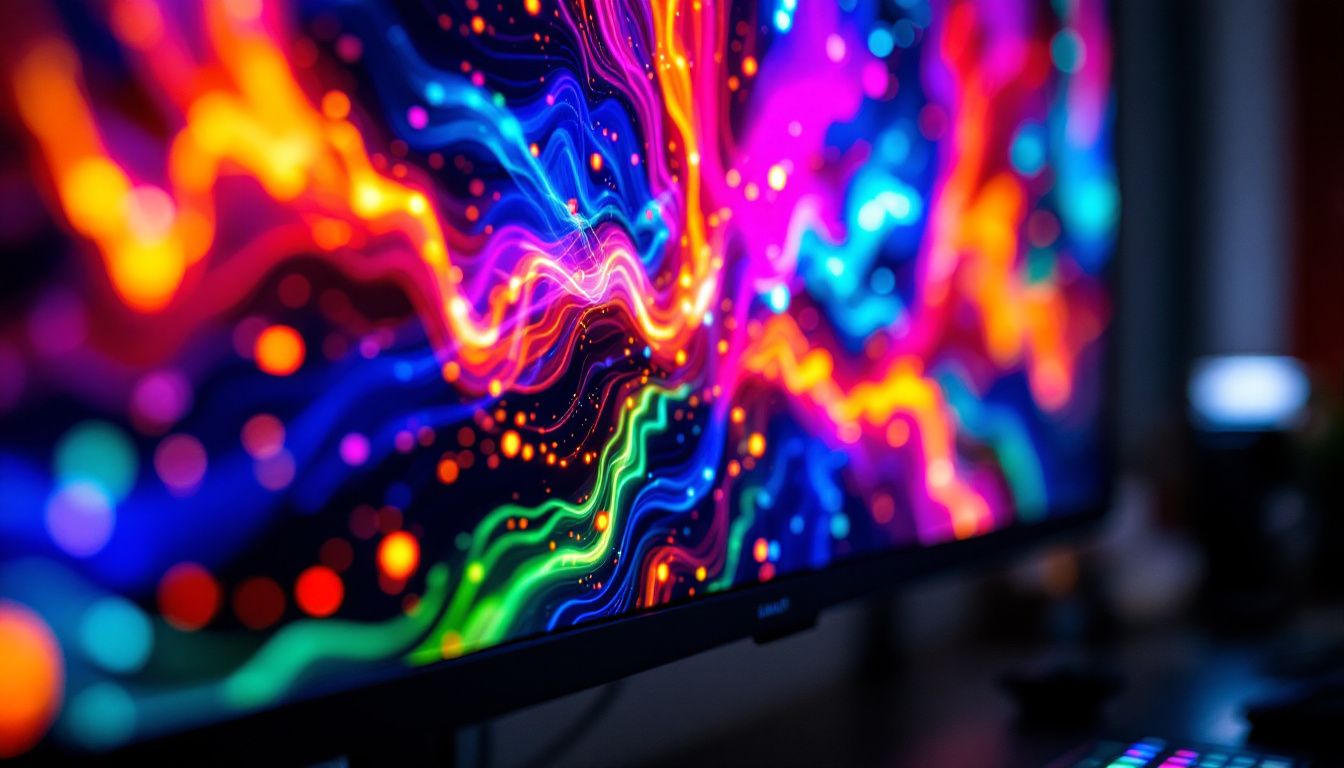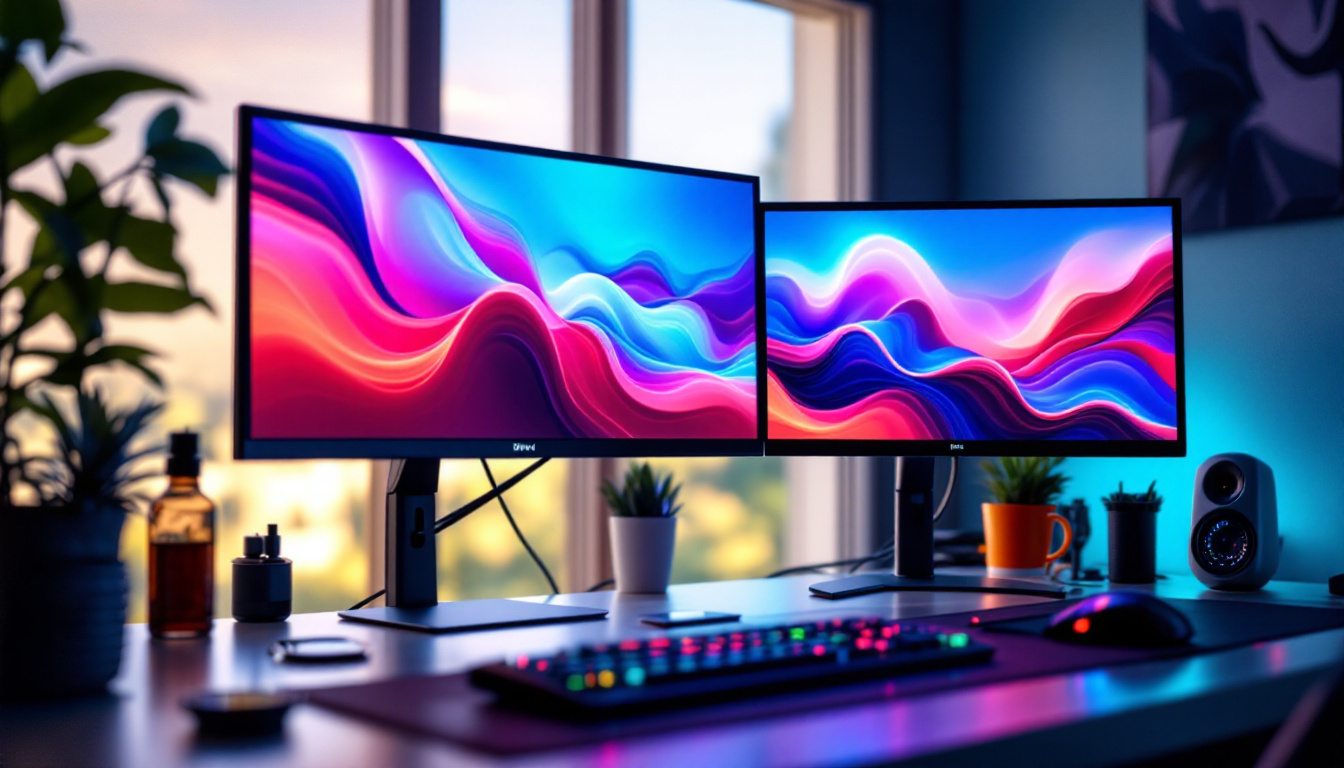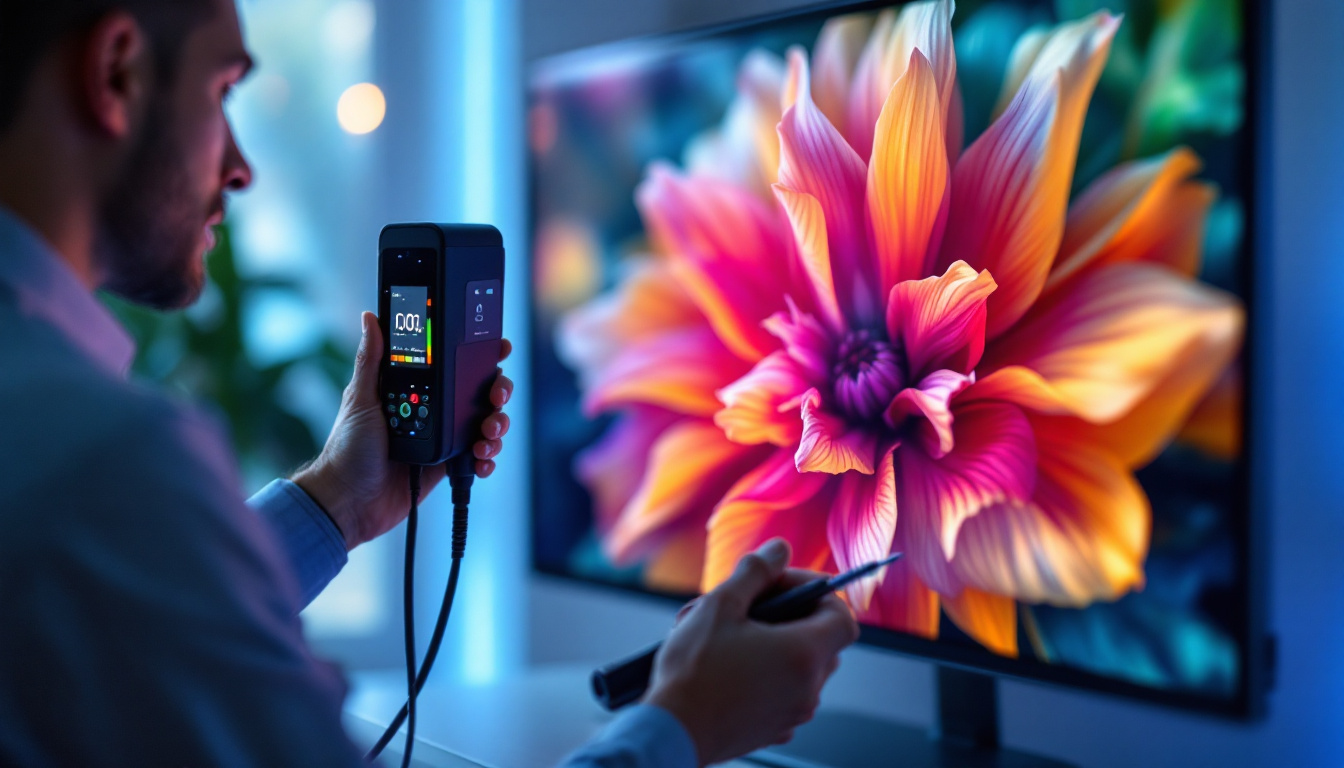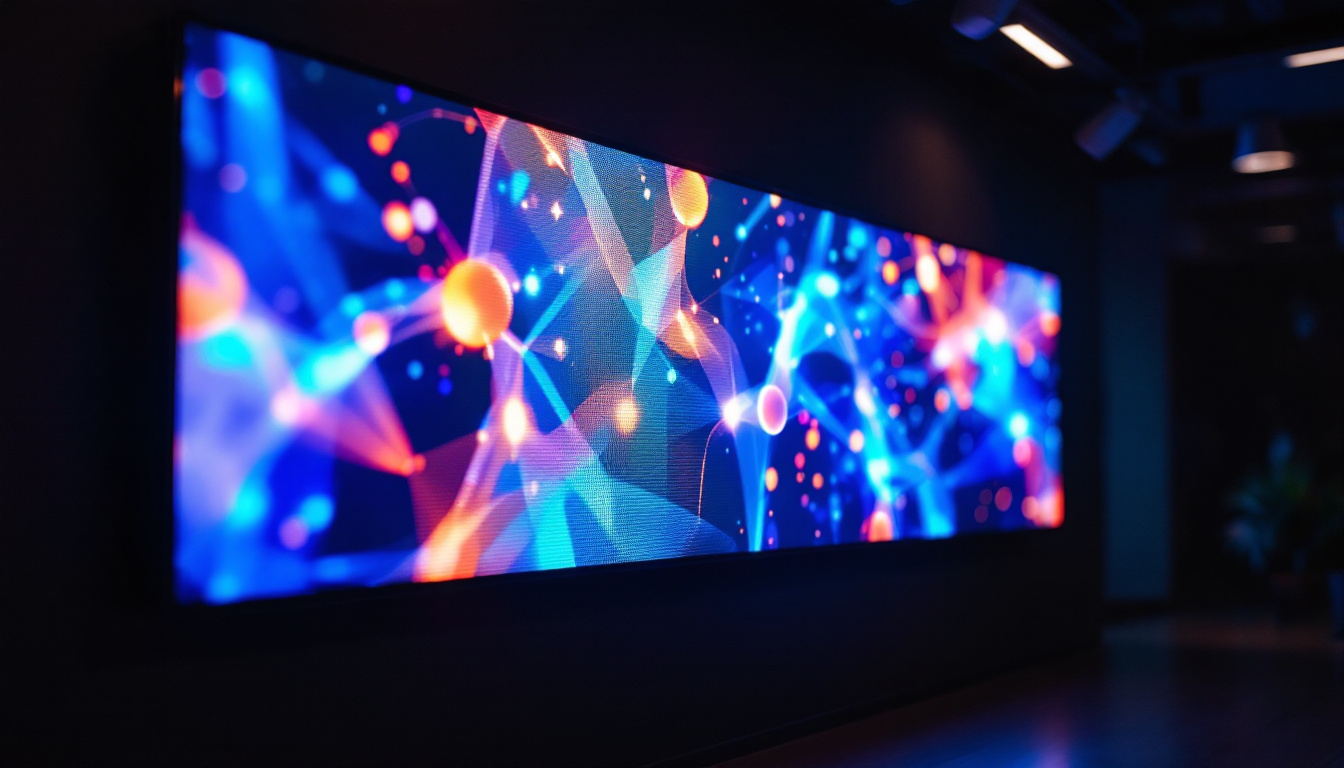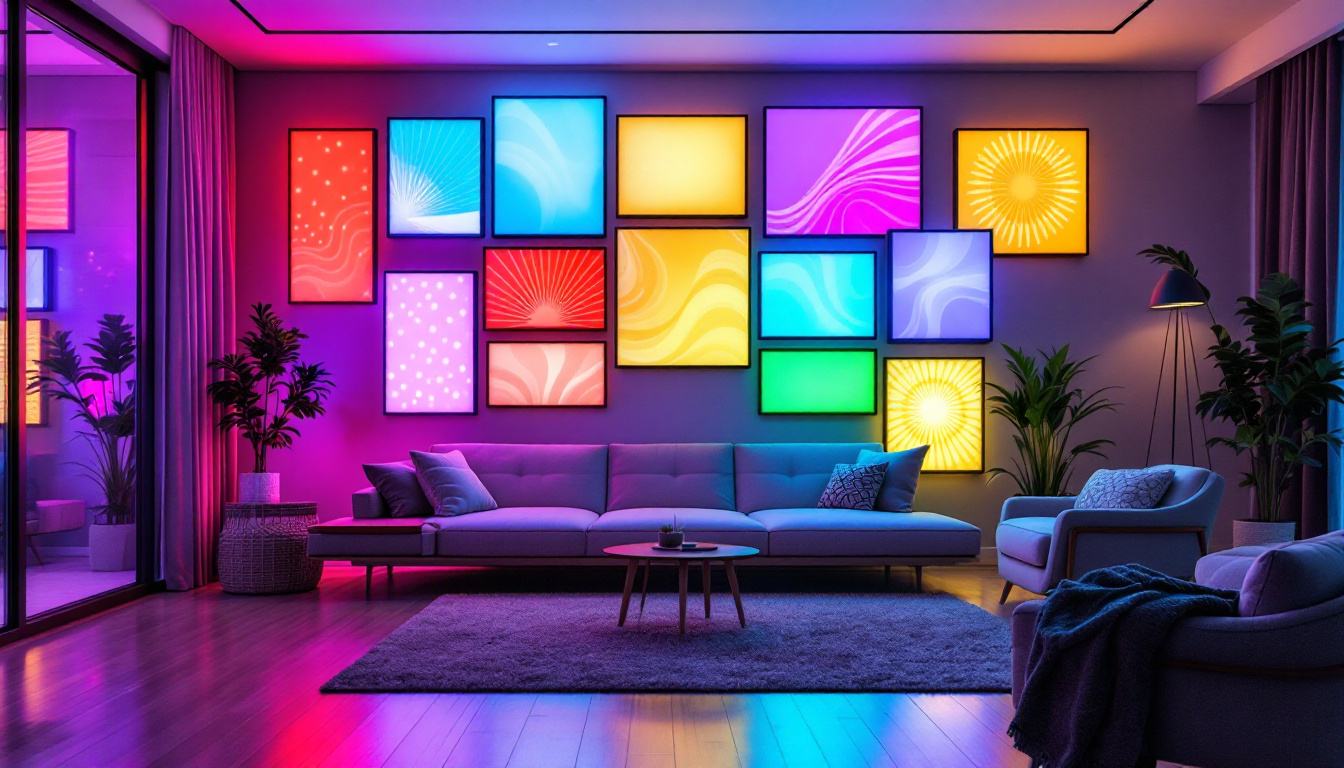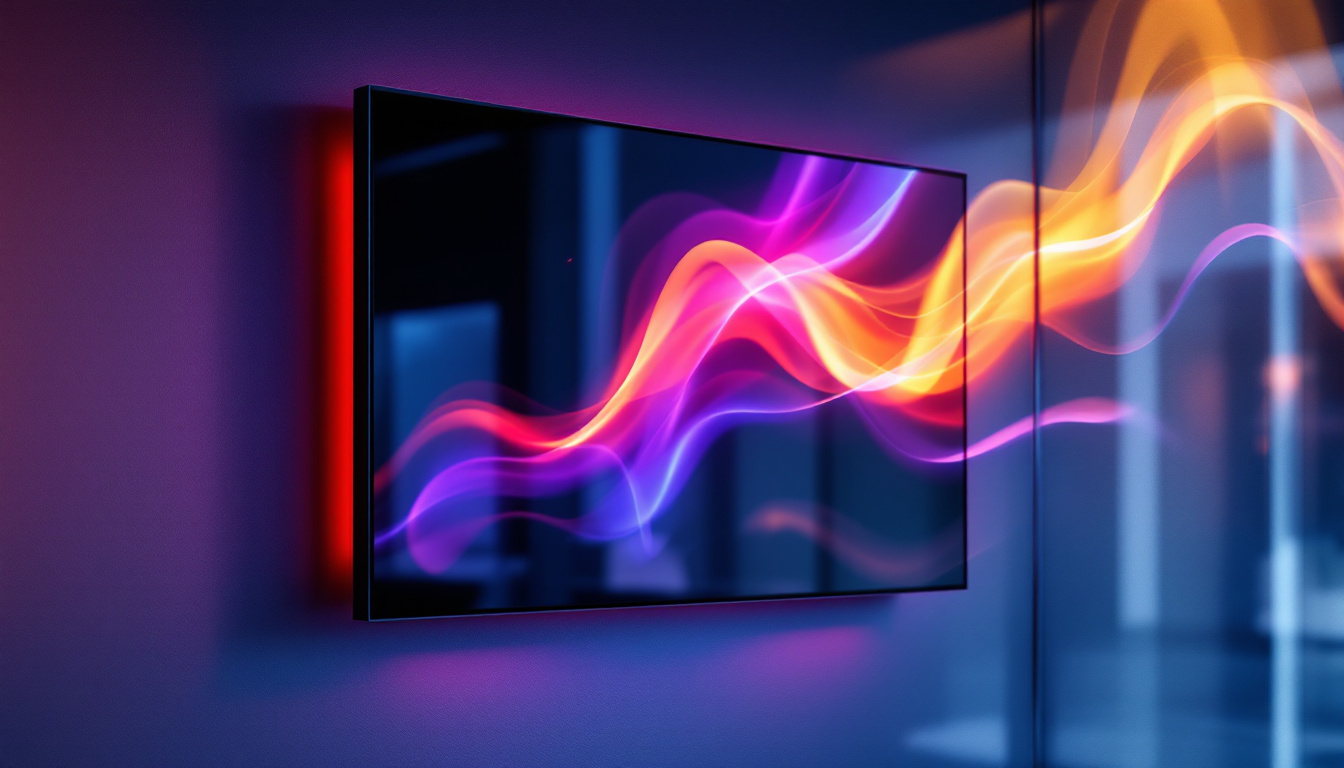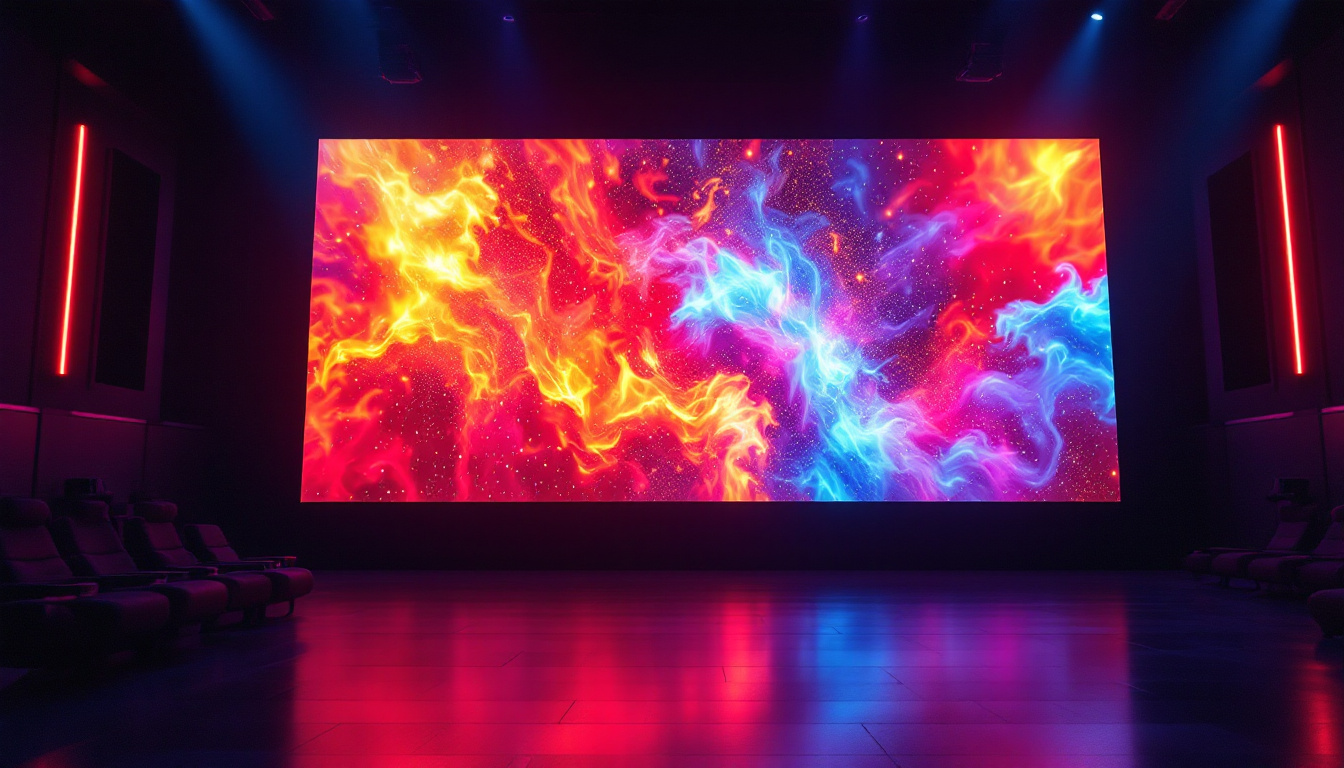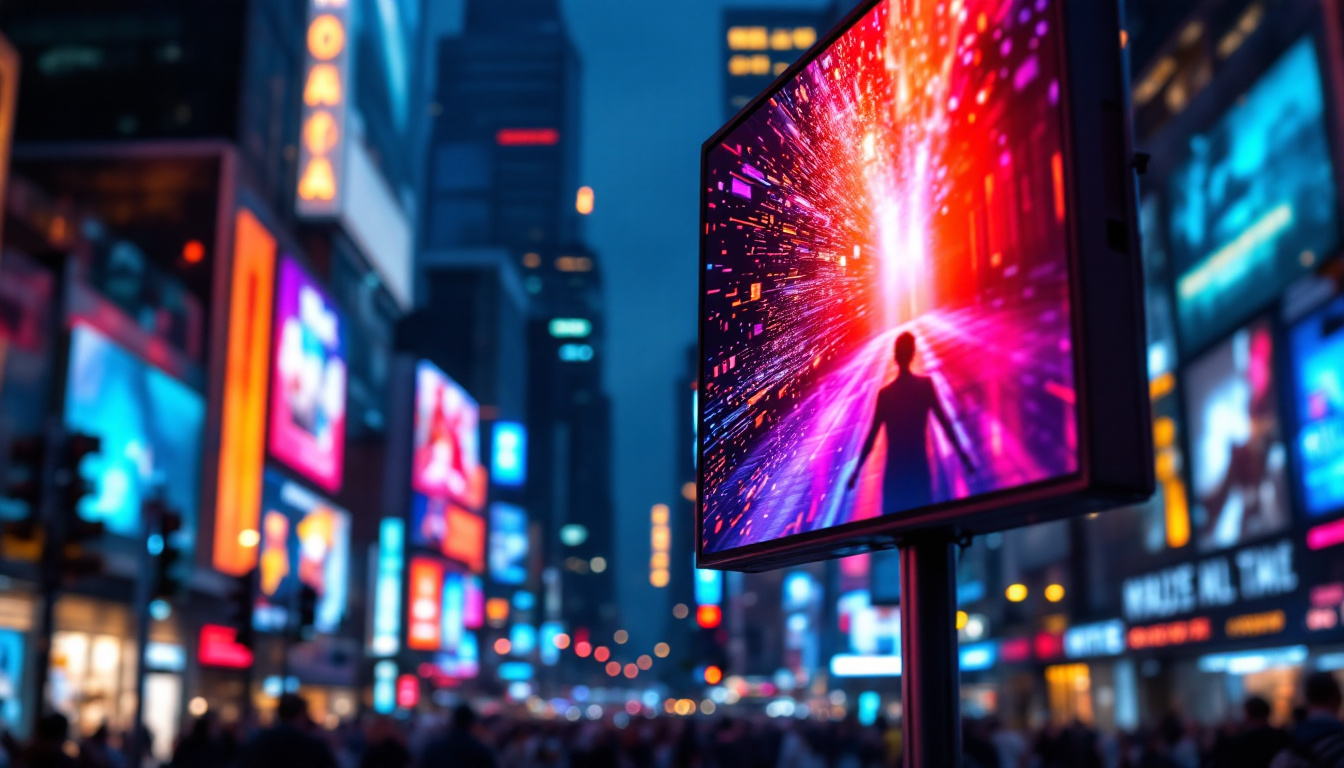Computer With LCD Monitor: LED Display Explained
In the realm of computer technology, displays play a crucial role in user experience. Among the various types of monitors available, LCD (Liquid Crystal Display) monitors equipped with LED (Light Emitting Diode) backlighting have gained immense popularity. This article delves into the intricacies of LCD monitors with LED displays, exploring their technology, advantages, and how they compare to other types of displays.
Understanding LCD Technology
LCD technology has revolutionized the way visual information is presented. Unlike traditional CRT (Cathode Ray Tube) monitors, which use electron beams to illuminate phosphors, LCDs utilize liquid crystals sandwiched between two layers of glass. These crystals manipulate light to create images on the screen. The efficiency of LCDs has led to their widespread adoption in various devices, from televisions and computer monitors to smartphones and tablets, fundamentally changing how we interact with digital content.
How LCD Works
The operation of an LCD monitor is based on the manipulation of light. When an electric current passes through the liquid crystals, they align in a way that allows varying amounts of light to pass through. This is achieved with the help of a backlight, which illuminates the display from behind. The most common type of backlight used in modern LCD monitors is LED. These LED backlights not only enhance brightness and contrast but also improve energy efficiency compared to older fluorescent backlighting methods. This shift has contributed to the development of thinner and lighter displays, making them more portable and user-friendly.
Types of LCD Displays
There are primarily two types of LCD displays: Twisted Nematic (TN) and In-Plane Switching (IPS). TN panels are known for their fast response times and are often favored by gamers. However, they tend to have poorer color reproduction and viewing angles compared to IPS panels. IPS displays, on the other hand, offer superior color accuracy and wider viewing angles, making them ideal for graphic design and multimedia applications. Additionally, there are other variations such as Vertical Alignment (VA) panels, which provide deeper blacks and better contrast ratios, appealing to users who prioritize cinematic experiences. Each type of LCD display caters to different needs, ensuring that consumers can find a suitable option for their specific use cases, whether for professional work, gaming, or casual viewing.
The Role of LED Backlighting
LED backlighting has transformed LCD technology, enhancing both performance and energy efficiency. While traditional LCDs used fluorescent lamps for backlighting, LED technology provides several advantages.
Benefits of LED Backlighting
One of the primary benefits of LED backlighting is its energy efficiency. LED lights consume significantly less power compared to their fluorescent counterparts, leading to lower electricity bills and a reduced carbon footprint. Additionally, LED monitors can achieve higher brightness levels, improving visibility in well-lit environments. This capability is particularly beneficial for users who work in brightly lit offices or enjoy watching movies during the day, as it ensures that the screen remains clear and vibrant regardless of external lighting conditions. Furthermore, the longevity of LED lights means that users can enjoy their displays for years without the need for frequent replacements, making them a cost-effective choice in the long run.
Types of LED Backlighting
There are two main types of LED backlighting: edge-lit and full-array. Edge-lit LED displays have LEDs positioned along the edges of the screen, allowing for a thinner profile. Full-array LED displays, however, have a grid of LEDs behind the entire screen, providing more uniform brightness and better contrast ratios. This makes full-array displays preferable for tasks requiring precise color accuracy. Moreover, full-array backlighting often incorporates local dimming technology, which enhances the viewing experience by allowing specific areas of the screen to be dimmed or brightened independently. This feature is particularly advantageous for watching high-definition content, as it enhances the depth of blacks and the vibrancy of colors, creating a more immersive experience.
Advantages of LCD Monitors with LED Displays
LCD monitors with LED backlighting have become the go-to choice for many users due to their numerous advantages. From enhanced picture quality to energy efficiency, these monitors offer a compelling package for various applications.
Picture Quality and Color Accuracy
One of the standout features of LED-backlit LCD monitors is their ability to produce vibrant colors and sharp images. With advancements in technology, many models now support high dynamic range (HDR), allowing for a wider range of colors and improved contrast. This capability is particularly beneficial for photographers, videographers, and graphic designers who rely on accurate color representation. Additionally, the improved brightness levels offered by LED backlighting enable users to enjoy a more immersive viewing experience, especially in brightly lit environments. The contrast ratio, which defines the difference between the darkest and lightest parts of an image, is also significantly enhanced, making dark scenes more detailed and lifelike.
Energy Efficiency and Longevity
As previously mentioned, LED monitors are more energy-efficient than traditional LCDs. This efficiency not only translates to lower energy costs but also contributes to a longer lifespan for the monitor. LED backlighting typically lasts longer than fluorescent backlighting, making it a more sustainable option in the long run. Furthermore, many modern LED monitors come equipped with features such as automatic brightness adjustment, which optimizes power usage based on ambient lighting conditions. This not only conserves energy but also helps reduce eye strain during prolonged use. As a result, users can enjoy a more comfortable viewing experience while simultaneously minimizing their environmental footprint.
Moreover, the lightweight design of LED monitors allows for easier portability and installation, making them ideal for both home and office settings. Users can effortlessly mount them on walls or set them up on desks without worrying about excessive weight or bulkiness. This versatility is particularly advantageous for those who frequently change their workspace or need to transport their equipment for presentations and meetings. The sleek aesthetics of LED monitors also contribute to a modern and professional look, enhancing the overall ambiance of any workspace.
Comparing LCD Monitors with LED Displays to Other Technologies
While LCD monitors with LED backlighting are widely used, it is essential to understand how they stack up against other display technologies such as OLED (Organic Light Emitting Diode) and traditional CRT monitors.
LCD vs. OLED
OLED technology has garnered attention for its ability to produce true blacks and exceptional color contrast. Unlike LCDs, which rely on backlighting, OLED displays emit their own light, allowing for individual pixel control. This results in deeper blacks and more vivid colors. However, OLED monitors can be more expensive and may suffer from burn-in issues, where static images can leave permanent marks on the screen over time.
LCD vs. CRT
CRT monitors were once the standard for computer displays, but they have largely been phased out due to their bulkiness and lower energy efficiency. LCDs, especially those with LED backlighting, offer a much slimmer profile and better image quality. Additionally, LCDs are free from the flickering issues that plagued CRTs, providing a more comfortable viewing experience.
Choosing the Right LCD Monitor with LED Display
When selecting an LCD monitor with an LED display, several factors should be considered to ensure it meets the user’s needs. From screen size to resolution, each aspect plays a role in the overall experience.
Screen Size and Resolution
The screen size and resolution are critical factors when choosing a monitor. A larger screen size can enhance productivity by providing more screen real estate for multitasking. However, the resolution should also be taken into account; higher resolutions, such as 4K, offer sharper images and more detail, making them ideal for design work and gaming.
Refresh Rate and Response Time
For gamers, refresh rate and response time are paramount. A higher refresh rate, such as 144Hz or 240Hz, provides smoother motion, reducing motion blur during fast-paced gameplay. Similarly, a lower response time minimizes ghosting effects, ensuring that fast-moving images are rendered clearly.
Maintaining Your LCD Monitor with LED Display
To ensure the longevity and optimal performance of an LCD monitor with an LED display, proper maintenance is essential. Regular care can prevent issues such as screen burn-in and color degradation.
Cleaning and Care
Cleaning the monitor screen regularly is crucial for maintaining clarity. Use a microfiber cloth and a gentle screen cleaner to avoid scratching the surface. It is advisable to turn off the monitor before cleaning to prevent any accidental damage.
Adjusting Settings for Optimal Performance
Adjusting the monitor’s settings can significantly impact the viewing experience. Calibration tools can help ensure that colors are accurate, and adjusting brightness and contrast settings can enhance visibility in different lighting conditions. Many monitors also come with preset modes tailored for specific tasks, such as gaming or photo editing.
The Future of LCD Monitors with LED Displays
As technology continues to evolve, the future of LCD monitors with LED displays looks promising. Innovations in display technology are paving the way for even better performance and features.
Emerging Technologies
Future developments may include advancements in quantum dot technology, which can enhance color accuracy and brightness. Additionally, the integration of artificial intelligence in monitor settings could automate adjustments based on user preferences and ambient lighting conditions.
Sustainability in Display Technology
As environmental concerns grow, manufacturers are increasingly focusing on sustainability. Future LCD monitors may incorporate recyclable materials and energy-efficient designs, further reducing their environmental impact. This shift not only benefits consumers but also contributes to a more sustainable future for technology.
Conclusion
In conclusion, LCD monitors with LED displays have become a staple in modern computing due to their impressive picture quality, energy efficiency, and versatility. Understanding the technology behind these displays, as well as the factors to consider when choosing one, can greatly enhance the user experience. Whether for gaming, professional work, or general use, these monitors offer a reliable and high-quality solution for a wide range of applications. As technology continues to advance, the future of LCD monitors with LED displays promises even more exciting developments, making them a worthwhile investment for any user.
Explore Cutting-Edge LED Displays with LumenMatrix
Ready to experience the pinnacle of display technology? LumenMatrix is at the forefront of LED innovation, offering a wide array of advanced LED display solutions tailored to meet your unique needs. From breathtaking Indoor LED Wall Displays to dynamic Outdoor LED Wall Displays, and from versatile Vehicle LED Displays to sleek LED Poster Displays, our products are designed to captivate and engage. Discover how our LED Sports Displays, Floor LED Displays, Custom LED Displays, All-in-One LED Displays, and LED Transparent Displays can transform your visual communication. Elevate your brand’s visibility and create unforgettable visual experiences. Check out LumenMatrix LED Display Solutions today and step into the future of digital signage.



